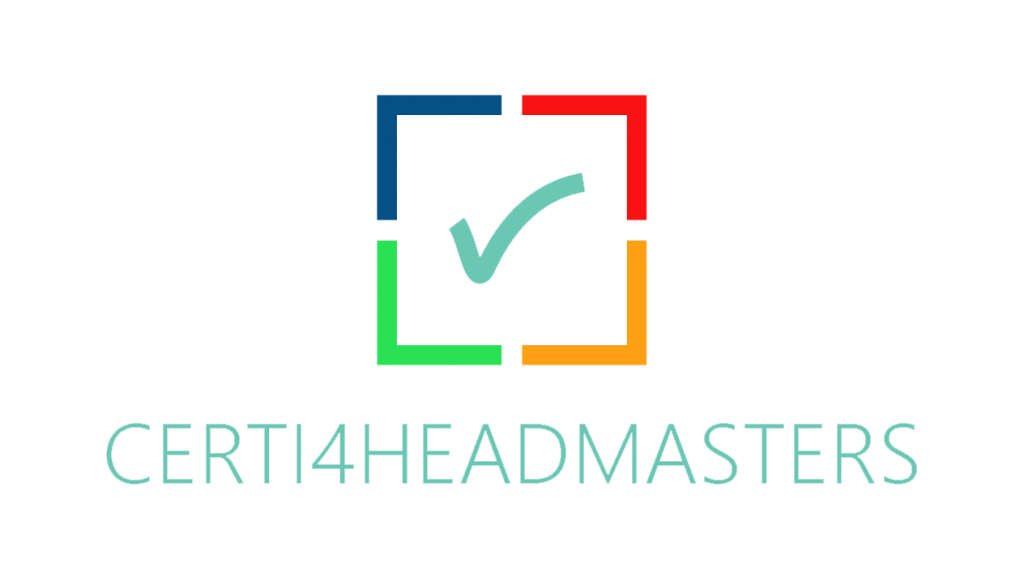Objectives:
Being able to question our own assumptions and paying attention to how we think and interpret situations. It allows us to see our own ‘issue’ within the context of a broader, whole-systems perspective that includes multiple ‘issues’.
Target:
- On an individual base by tutor/mentor during observation or during preparation of debriefing of a a fellow.
- During debriefing with a fellow.
- During discussion between fellow and student when there is a problem.
When:
The Ladder of inference is a model of steps that can be used to make sense of situations in order to act. It can be used in the three following ways:
- Becoming aware of your own thoughts and reasoning.
- Make clear to others how your own reasoning process works. This will allow others to have a better understanding of someone’s motives.
- Research the thought process of other people, by actively asking them about it.



Leave a comment